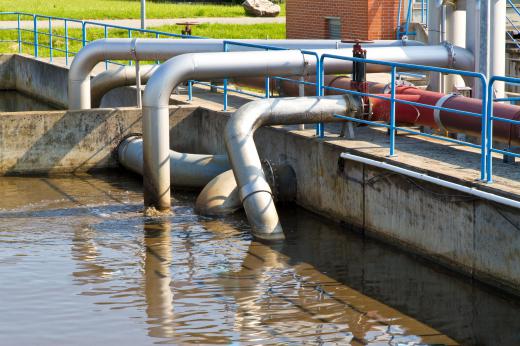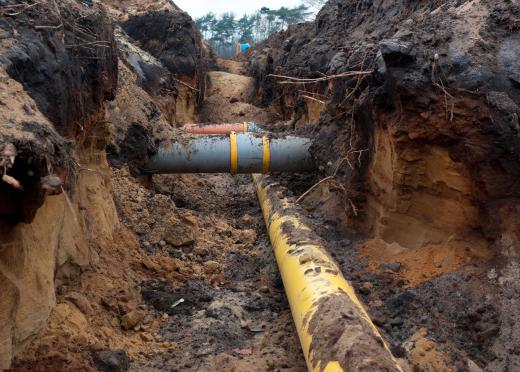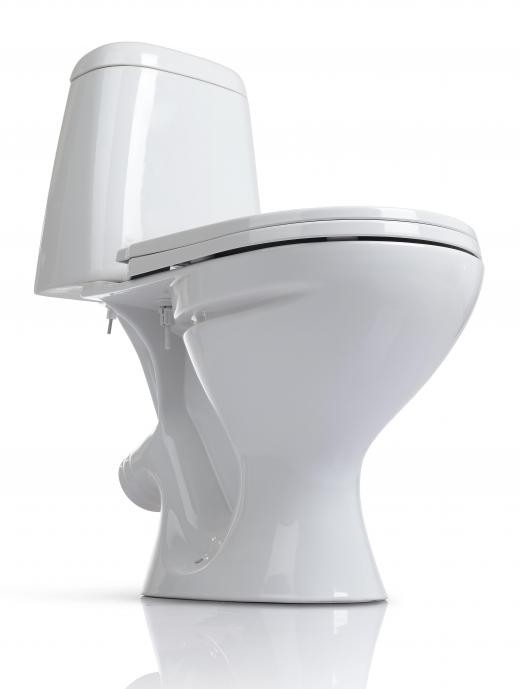Raw sewage is wastewater that has not been treated. It comes from residential properties, like houses and apartments, as well as commercial buildings and industrial and agricultural processes. Essentially, it is the liquid waste that comes from houses and businesses. Not surprisingly, it can contain a wide variety of contaminants and present a health hazard if left untreated where humans or animals can come into contact with it. For example, sewage may overflow from a sanitary sewer after a period of very heavy rainfall.
Raw sewage often contains urine and feces from toilet flushing as well as other types of human waste; it may also contain such things as toilet paper and wipes. Sometimes, tampons and other feminine sanitary products are found in it as well. In this case, it is often referred to as blackwater. However, toilet flushing isn't the only thing responsible for the creation of sewage. It can also be a result of industrial-site drainage, discharge from sewage-treatment plants, washing water, and rainwater runoff from roofs.

Sometimes, dirty wastewater drains into watersheds. When this happens, the environment is as much at risk as people. The pathogens in raw sewage can contaminate ecological systems in addition to sickening humans and animals. Raw sewage typically contains viruses and bacteria as well as health-harming microorganisms. For example, this type of waste is known to contain E.coli and hepatitis A; cholera is another well-known pathogen in raw sewage.

Besides being exposed to bacteria and viruses, a person exposed to sewage may develop a range of illnesses, including gastroenteritis, which is marked by diarrhea, vomiting, and abdominal cramping. The sometimes-fatal Weil's disease is another common problem, which causes symptoms that resemble the flu and can lead to liver and kidney damage. Occupational asthma, caused by inhaling certain organisms, is another risk of exposure. Even the skin and eyes are not immune, as infection can develop here as well.

Most people who have adequate, modern plumbing are not at very high risk for coming into contact with dirty wastewater unless there is a malfunction, leak, or overflow of normally reliable sewage systems. However, there are some occupations that make exposure possible or even likely. For example, people who are charged with inspecting, maintaining, or repairing sewers may be exposed to it. Employees of water companies, some agricultural workers, sludge tank drivers, and those charged with maintaining aircraft sewage compartments also risk exposure. Of course, plumbers are exposed to raw sewage frequently, sometimes on a daily basis.

